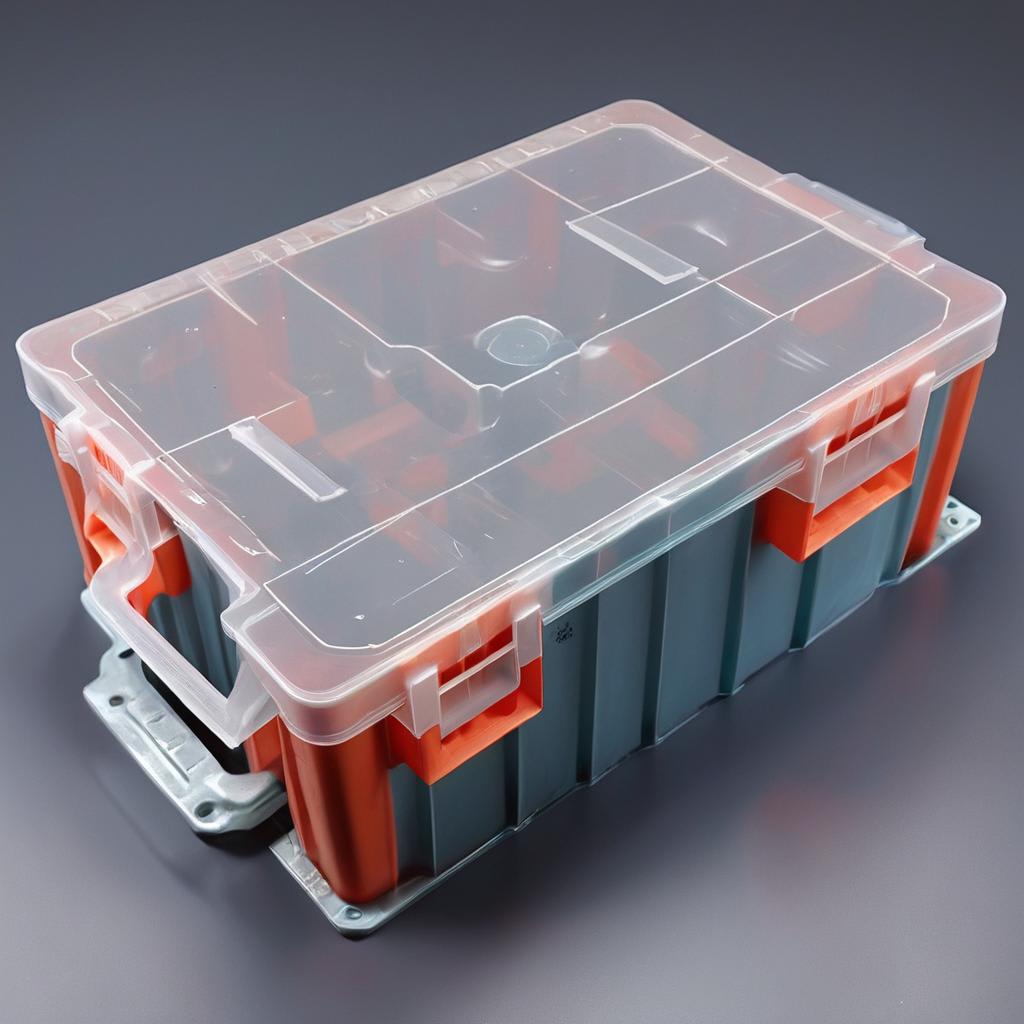Exploring Different Types of Container Mold
Discover the diverse range of container mold types used in various industries and applications.

Understanding the Basics of Container Mold
Container molds play a crucial role in the manufacturing industry, as they are used to create a wide range of containers for various applications. These molds are designed to shape molten material into the desired container shape, allowing for mass production with consistent quality.
The basics of container mold engineering involve understanding the different components and processes involved. A container mold typically consists of two halves, known as the mold cavities, which are designed to fit together and form the desired container shape. These cavities are precision-machined to ensure accurate dimensions and smooth surfaces.
During the injection molding process, molten material is injected into the mold cavities under high pressure. The material then cools and solidifies, taking the shape of the mold cavities. Once the material has cooled and solidified, the mold is opened, and the newly formed container is ejected.
Container molds can be made from various materials, including steel and aluminum. The choice of material depends on factors such as the desired production volume, the complexity of the container shape, and the material being molded.
In addition to the mold material, container molds can also be classified based on the type of molding process used. Some common types of container molds include injection molds, blow molds, thermoforming molds, and rotational molds. Each type of mold has its own advantages and is suited for specific applications.
Understanding the basics of container mold engineering is essential for anyone involved in the manufacturing industry. By knowing how container molds work and the different types available, manufacturers can make informed decisions and optimize their production processes.
Exploring Injection Mold Types for Containers
Injection molding is one of the most widely used methods for manufacturing containers. It involves injecting molten material into a mold cavity at high pressure, allowing for the production of complex and precise container shapes.
There are various types of injection molds used for container production. These include single-cavity molds, multi-cavity molds, and family molds. Single-cavity molds are used to create one container at a time, while multi-cavity molds can produce multiple containers simultaneously. Family molds are designed to produce different container sizes or shapes in a single molding cycle.
Injection molds for containers can be made from different materials, such as steel or aluminum. Steel molds are more durable and can withstand higher production volumes, making them suitable for large-scale container manufacturing. Aluminum molds, on the other hand, are lighter and easier to handle, making them ideal for prototyping or low-volume production.
The choice of injection candle mold type depends on factors such as the required production volume, the complexity of the container shape, and the material being molded. Manufacturers need to consider these factors when selecting the appropriate injection mold for their container production needs.
Examining Blow Mold Varieties for Container Production
Blow molding is another popular method used for container production. It involves inflating a hollow tube of molten material, known as a parison, inside a mold cavity. The parison takes the shape of the mold cavity and forms the container.
There are different varieties of blow molds used for container production, including extrusion blow molds, injection blow molds, and stretch blow molds. Extrusion blow molds are used for producing containers with a simple shape, such as bottles. Injection blow molds are suitable for producing containers with a more complex shape, while stretch blow molds are used for producing containers with high clarity and precision.
Blow molds for container production can be made from various materials, such as aluminum or stainless steel. The choice of material depends on factors such as the required production volume and the material being molded.
When examining blow mold varieties for container production, manufacturers need to consider factors such as the desired container shape, production volume, and material compatibility. By selecting the appropriate blow mold, manufacturers can achieve efficient and cost-effective container production.
Analyzing Thermoforming Mold Options for Containers
Thermoforming is a process used for manufacturing containers by heating a sheet of thermoplastic material and forming it over a mold. The material is heated until it becomes pliable, and then it is stretched and pressed onto the mold to create the desired container shape.
There are different thermoforming mold options available for container production. These include male/female molds, pressure molds, and vacuum molds. Male/female molds use a male mold and a female mold to create the container shape. Pressure molds apply pressure to the material during the forming process, while vacuum molds use suction to pull the material onto the mold.
Thermoforming molds for container production can be made from materials such as aluminum or composite materials. The choice of material depends on factors such as the required production volume and the material being formed.
When analyzing thermoforming mold options for container production, manufacturers need to consider factors such as the desired container shape, production volume, and material compatibility. By selecting the appropriate thermoforming mold, manufacturers can achieve efficient and high-quality container production.
Comparing Rotational Mold Designs for Container Manufacturing
Rotational molding, also known as rotomolding, is a method used for manufacturing hollow containers. It involves rotating a mold filled with powdered material, such as plastic, inside an oven. As the mold rotates, the powdered material melts and coats the inner surface of the mold, forming the container shape.
There are different rotational mold designs used for container manufacturing. These include open molds, closed molds, and multi-part molds. Open molds are used for producing simple container shapes, while closed molds are used for producing more complex shapes. Multi-part molds are designed to create containers with multiple sections or compartments.
Rotational molds for container manufacturing can be made from materials such as aluminum or stainless steel. The choice of material depends on factors such as the required production volume and the material being molded.
When comparing rotational mold designs for container manufacturing, manufacturers need to consider factors such as the desired container shape, production volume, and material compatibility. By selecting the appropriate rotational mold design, manufacturers can achieve efficient and cost-effective container production.
About the Creator
Enjoyed the story? Support the Creator.
Subscribe for free to receive all their stories in your feed. You could also pledge your support or give them a one-off tip, letting them know you appreciate their work.






Comments (1)
Hey, just wanna let you know that this is more suitable to be posted in the Lifehack community 😊